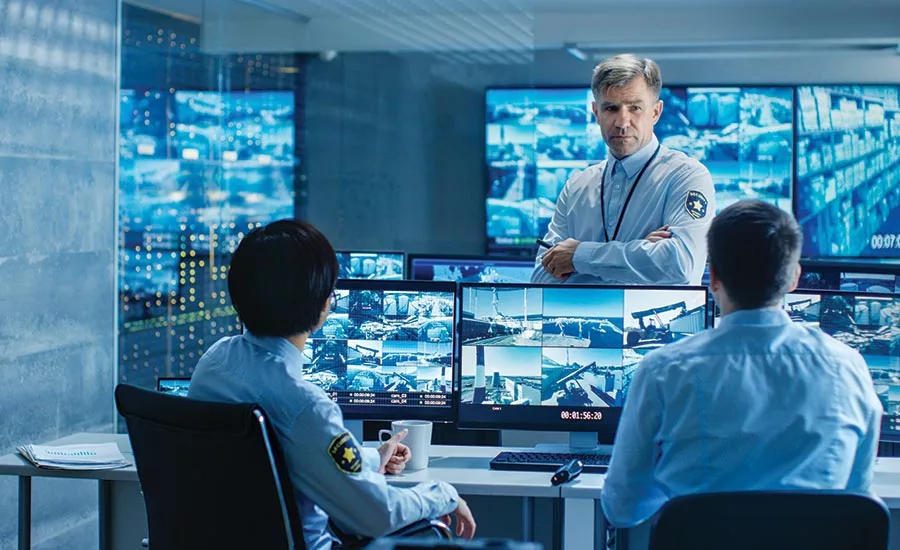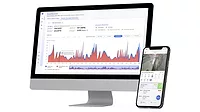Never Underestimate the Value of Video

Physical security is continually evolving. New technologies emerge every year, and devices that have been around for decades — from smoke detectors to IP cameras — become more advanced in order to meet the demands of the new security landscape. But as we take part in this progression and strive to leverage the latest and greatest devices, it’s important to never forget one of the core technologies of the security industry: video.
Video is undoubtedly a critical tool for both preventive and reactive security, but in today’s security environment, it’s paramount to recognize that video can provide even more. The value and potential of a video system lies in how it is managed, especially when it comes to an intelligent and unified command center. When relevant video streams are properly incorporated into a holistic system, video can reinforce a host of other security measures before and after an incident.
Video at the Center of the Command Center
At the heart of every command center is an operations team that is tasked with assessing all available data and making informed and immediate decisions. In a mission-critical organization, operators require an easy and accessible way to contextualize the entire security infrastructure, from activity around protected areas to monitoring the health of connected devices. If operators don’t have this ability, it can take more time to associate events, respond and investigate, resulting in less immediate situational intelligence.
Video feeds bring in a near-constant stream of data, and that means it is no longer about simply visualizing an area; the question becomes: “So now what do we do with it? How can we best organize, analyze, and utilize all of the information that’s coming in at once?” When you know that you have the right cameras in the right places, it’s time to look at the efficiency and effectiveness of your video management system (VMS).
Unified command center operators require a system that quickly associates alarms or sensors for the most up-to-date insight and enables a swift response. In today’s day and age, command centers can be configured to automatically associate disparate alerts to help operators isolate key pieces of information on a particular event. For example, if there is a glass break sensor, suspicious motion detection, intrusion alarm, or proximity alert, a nearby camera can be paired to provide more information. To accomplish this in a timely manner, systems, such as video, access control, perimeter detection, analytics and so forth, need to be brought together under a common metadata layer.
Operators also need an intuitive system interface that allows them to easily understand the correlated information. An advanced VMS can illustrate security events with a geographic map of the area, establishing a holistic framework and enabling accurate and decisive action.
The Role of Video in Being Proactive
Forward-looking organizations are shifting from simply reacting — using technology to detect and investigate a security event — to a proactive and predictive approach, identifying and associating preliminary factors to prevent a negative incident. Video plays a key role in this switch, and the use of analytics can alert operators to potential bad actors, from specifically geofenced areas to any human movement within certain timeframes. In a retail setting, for example, identifying a crime before it takes place, and in high-risk environments such as airports, early threat detection is crucial.
Enhancing Investigations
Early detection and threat mitigation, while ideal, are not always possible in today’s constantly evolving risk landscape. Therefore, ensuring that an organization’s forensic investigation process is smooth and effective is critical. In following up from a security incident, a video-focused command center can help investigators streamline their work, assess reports more quickly, and improve the organization’s security performance.
By being able to view all security information in one place, operators can better assemble key timelines and facts about a perpetrator. Additionally, an advanced search engine for data-driven investigations provides visual representation of correlated data collected from both video sources and integrated systems. Manual collection and evaluation of multi-system data and sensors is no longer needed to set up an investigation.
Video Will Always be Important
As new and advanced technologies continue to enter the security space, it may seem as though video is taking a backseat to the latest intelligent capabilities. But this will never be the case. Video will always exist as the core of any functioning security system, and with the use of an advanced VMS, the possibilities expand.
Unifying existing security systems into a single management solution that prioritizes video at its foundation enables organizations to experience simpler day-to-day security operations with accurate visualization, effective response and investigation, and improved operational efficiency. These qualities are all paramount for operators to enhance situational awareness and maximize control over a security incident.
Looking for a reprint of this article?
From high-res PDFs to custom plaques, order your copy today!









